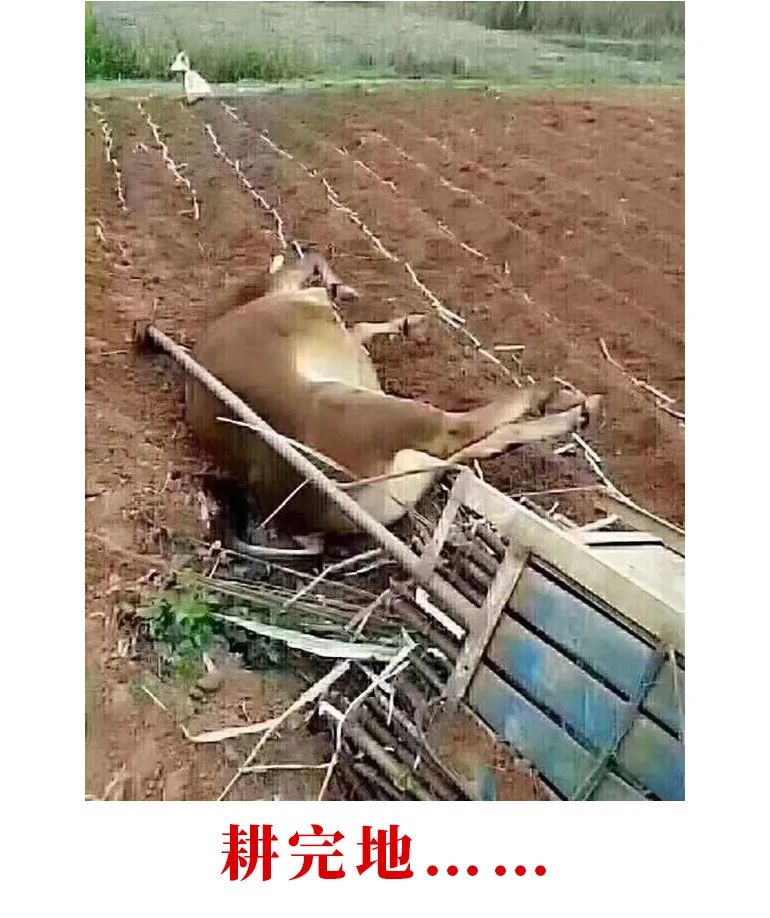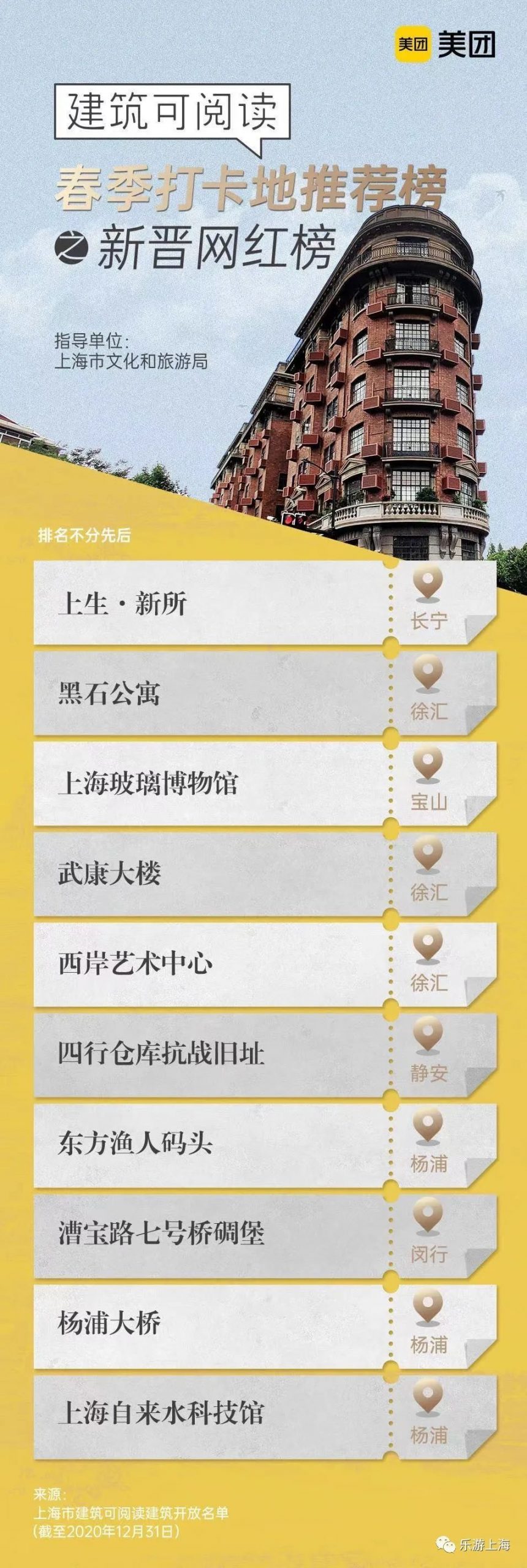Fast snow is taken from the post of Wang Xizhi of Jin Dynasty.

Little Ma Ge said in his previous article about staying in the garden that the design of Wufeng fairy hall is absolutely top-notch, and it’s easy to get straight to the point.

Therefore, in later articles, I will have more and more gateways related to previous articles to let you know the causes and consequences of a certain knowledge in time, Let’s go back to business.



After Sheng’s garden, it was renamed Wufeng fairy hall.
In this issue, we packed all the remaining buildings in Liuyuan and gave you a complete in-depth analysis of architectural culture.

The whole building is actually a part of the corridor, which is just made into the architectural style, but it extends in all directions and has no closed wall, so it’s really possible to raise cranes here.
That’s it.
It is worth watching whether it is sunny, rain or snow.

After Liu Shu’s expansion, it was renamed Chuanjing hall.
The five old peaks do have different origins.
It is said that during the war of resistance against Japan, the nanmu hall was reduced to a horse shed, and the hungry army and horses gnawed the good nanmu columns out of shape.


In sunny days, there are some majestic scenes of Lushan Mountain.
The five heavenly statues represent the five elements of gold, wood, water, fire and earth, Southeast, northwest and middle.
[Pavilion of Jiaqing, rain and snow] Jiaqing is taken from the poem “Jiaqing has a new class” written by Fan Chengda of Song Dynasty.
They have already become a symbol like the cards of playing cards.

After farming, I often return to read my favorite books.

With my excavation of Chinese and foreign classic landscapes, our knowledge system and landscape world outlook are also being established little by little.


The hall is in the form of a four sided hall, with a single eaves made of Xieshan, and the pattern of Phoenix wearing peony is molded on the cornices at the north two corners.
It is a wonderful combination of “Pavilion of Jiaqing, rain and snow”.

Look at the mountain is a mountain, look at the mountain is not a mountain, look at the mountain or a mountain, which is used by later generations to verify the realm level of life, so friends, imagine, if you live here every day and look at this rockery, is it a rockery or Lushan in your eyes, or something else? [crane house] crane house is the place where cranes are kept.
The pavilion is a two room pavilion with different decoration from the north to the south.
Other buildings can be well said: [Wufeng fairy hall] Wufeng fairy hall is the nanmu hall in Liuyuan, also known as the first hall in the south of the Yangtze River.


Here, whether it is sunny and shaded, or watching snow and listening to rain, it has a different taste.
It is named after the ancient five elders who granted the river map and Luoshu to the emperor here.
The building is integrated with the left and right corridors.


The portal of the last issue is here: [Landscape note 135] the bias map of Liuyuan architecture the east courtyard area is the main distribution place of Liuyuan architecture, which runs through with light and dark corridors.
This refers to the recreation place for the elderly and celebrities.




Windows and floor tiles are also different, so it is also called Yuanyang hall.
In ancient times, Wulaofeng once lived in five heavenly statues.

I didn’t drive.
Some buildings are named in vernacular, so Xiaoma doesn’t talk about them one by one.
Therefore, although many intellectuals did not enter the official position through the imperial examination, they also wrote a lot of agricultural books and summarized China’s agricultural culture.
Farming and reading is a particularly excellent spirit.
There’s nothing to say about the name of this building, but the building itself is very interesting.



Qing Yuan Xingsi, a Zen master in the Song Dynasty, put forward the triple realm of meditation.

The vernacular means: five old peaks are located in the southeast of Lushan Mountain, standing like a golden lotus in full bloom.
In ancient times, most people could not have enough food and clothing.



For example, the crane house is the place where cranes are kept; There are a large number of rockery stones in front of and behind the stone forest hut, Taihu Lake stones in front of Yifeng Pavilion, and Guanyun building and waiting cloud nunnery are named after Guanyun peak.
They are qinglingshi Laotian Zun, danlingzhen Laotian Zun, huanglingyuan Laotian Zun, haolingsu Laotian Zun and yilingxuan Laotian Zun.
Beautiful sunny, rainy and fast snow make nature have feelings.
Hello, I’m little leech.

Before starting, little Ma wants to talk to you.




The base site of Wufeng fairy hall is the former Xu’s Houle hall.

But reading after plowing sounds strange.


Our landscape notes are already the 136th.
Xiyu is taken from the meaning of “those who like rain are interested in the people” in the biography of spring and autumn Liang valley.

Lin Quan refers to mountains, Lin Quan stones and a place for recreation; Qi refers to high age; Shuo, a man of fame.

It is used to express the scenery of four seasons.
Little Ma thinks it’s more imposing to call it Wufeng fairy hall.
It seemed that they could not have both, but Chinese intellectuals were surprisingly compatible, forming a culture of farming and reading.



The north is a square beam with carved flowers; The south is a round beam without carving.
The building has three bays and nine houses, and is surrounded by corridors..
Therefore, I also have a deep brand of classical culture in my reading place, which is an embodiment of values.

Imagine the feeling of sitting in a pavilion and watching a tornado ~ nice is one of the few original names in classical gardens, so it is very precious.
[Lin Quan Qi Shuo Museum] is also an original architectural name.



The indoor and outdoor space is fully integrated here, which is very smart.
These five often appear on the crown of Taoist priest’s belt.
[return my reading place] the Zhai name of “return my reading place” is derived from the poem of Tao Yuanming in the Jin Dynasty in “reading the classics of mountains and seas”, which reads “when you have cultivated and planted, you can still read my book”.
Form the integration of indoor and outdoor buildings and courtyards.

They had to farm and support their families while studying and obtaining fame.
This kind of scenic spot to enjoy celestial phenomena is rare in gardens.
Reading hopes for the future, farming faces the reality, and only being down-to-earth can change the future.

Later, when repairing the garden after the victory of the war of resistance against Japan, they had to paste the nanmu columns with cement and paint the outside, so it became what it is now.
The so-called farming and reading culture means that some intellectuals take half farming and half reading as a reasonable way of life.

In the last issue, we checked the architectural naming of Liuyuan Zhongyuan and shared the biased map of Zhongyuan.


“Five peaks” comes from the poem of poet Li Bai: “five old peaks in the southeast of Lushan Mountain cut Golden Lotus in sunny days”.
Of course, facing the five peaks fairy hall is the “five old peaks”.
Different from the dim ancient buildings we see every day, the doors of the five peaks fairy hall can be opened and turned into columns.





